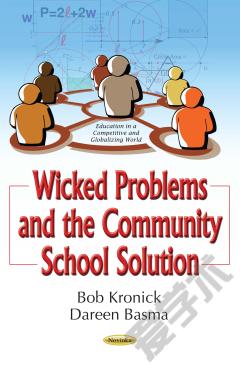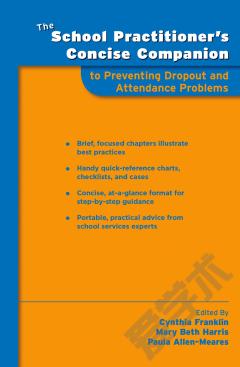Wicked Problems and the Community School Solution
The subject of this text is vulnerable children, families and interventions within the community school system that work with people who have problems with their daily lives. A community school is a school that has broadened its mission and vision to meet the needs of all of its students. The community school is where health, mental health, and other services are provided, with an emphasis on prevention. The community school is a new environment where a systems approach to change is utilized. It is not a school where human services are an add-on, but one where collaboration and input from the community determines the services that are provided to the students and families. The text not only identifies critical issues that are faced in public schools and lower income neighborhoods but also workable solutions. The book integrates theory and practice to communicate to the reader what a community school looks like, the purpose of a community school, and the varying facets that are involved in developing, maintaining and growing a community school. This book adds to the knowledge base of faculty and university students, school personnel and community stakeholders, while focusing on systems theories, prevention and collaboration.Target Audience:This book is appropriate for upper level undergraduate and graduate level courses in education, sociology and political science. It can be used in undergraduate service learning courses with texts such as Experiencing Service Learning (Kronick,Cunningham & Gourley, 2011). This book can also be utilized by practitioners in the field such as teachers, principals, education school board members, social workers and community organizers.
{{comment.content}}








 京公网安备 11010802027623号
京公网安备 11010802027623号